ROOTS in the NEW WORLD
The New Netherland – the best kept secret in the history of America
In the winter of 1647-48, an Iroquois village in the wilds along the Mohawk River, west of what is now Albany, N.Y., was the setting for one of the most remarkable events of the period. In a clearing amidst the snowy forest, a ragtag posse of Dutch colonists dragged the fugitive Harmen Meyndertsz van den Bogaert from a burning longhouse...
Van den Bogaert’s tale... involved, to one degree or another, sodomy, slavery, jail breaks, exorcism ceremonies, cannibalism, barroom brawls, a Jesuit martyr, privateering, a long-anonymous chronicle of the wilderness frontier, and one pet bear not for sale at any price. All in all, the surgeon’s life remains a strange and illuminating early colonial case study.
Only 18 years old when he arrived in New Amsterdam on lower Manhattan Island in 1630, van den Bogaert was listed as “barber-surgeon” and posted to the Hudson River trading post at Fort Orange, now Albany. There he’d have found a settlement more akin to the anarchic liberties of Deadwood than the Puritanical stays of Plymouth. Despite the best efforts of the West India Company and Kiliaen van Rensselaer—patroon and absentee lord of the massive Rensselaerswyck colony bordering Fort Orange—smuggling, drunkenness, and debt plagued the Dutch settlement. That warring Mohawks and Mohicans surrounded the outpost didn’t help matters. A bitter lesson had already been learned in 1626, when foolhardy Capt. Daniel van Crieckenbeeck disobeyed direct orders to stay neutral regarding any Indian business and sided with the Mohicans during a raid into Mohawk territory. Traveling west from Fort Orange, the war party was quickly ambushed, and reports soon made their way back to the fort detailing how Crieckenbeeck and three other Dutchman were slaughtered, with one cannibalized by the exultant Mohawks “after having well roasted him.”
You can read more about this fascinating character in a very well written article by Tobias Seamon on themorningnews.org website – source link here.
This colorful Dutchman isn’t one of my forefathers, but his tale provides a unique glimpse into my ancestors’ world. They certainly would have known about him, and it seems likely they would have known his family. At the bottom of this post you’ll find information about the history of New Netherland.
Dutch Roots in NEW NETHERLAND
Jacob Luurszen van Kuykendaal and his wife Stijntje Douwes are two of my great grandparents (13 generations before me.) Here is photocopy of their original marriage certificate.
They married in Amsterdam in 1638. Stijntje was born in Enkhuizen in North Holland around 1617, where her family can be traced back to the mid 1500s.
Jacob was born around 1616 in Wageningen, Gelderland, where his father’s line can be traced back to the mid 1500s.
They sailed to New Netherland in 1646 on ships like these, and it is difficult to fathom the cultural shock they must have experienced when they arrived in this strange new world.
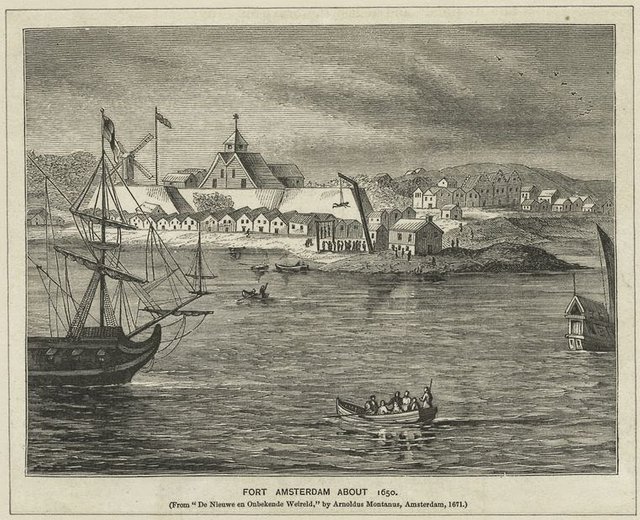
New Amsterdam 1650 -- source www.steutzger.biz
Although Jacob didn’t have quite the bad end that barber/surgeon Harmen Myndertsz suffered, neither he, nor his brother Urbanus Luurszen prospered in New Netherland – both came to an early end – Stijntje and her sister-in-law could have never imagined what fate had in store for them.
Jacob’s brother Urbanus drowned in 1647 on a return trip to the Netherlands when the ship Princess Amelia sank. A published inventory of his estate showed his young wife and children were left with very little. Jannetje then married a much older man named Tobias Tuenissen who was killed in an Indian raid in Harlem and Jannetje and her children were kidnapped and held for ransom. After their release Jannetje then married Thomas Verdonck.
My ancestor Jacob fared somewhat better than his brother. The Dutch West Indies Company maintained its own civilian militia for defence and peacekeeping in the colony. In general the Dutch kept meticulious records, and they reveal that during Jacob’s time in New Amsterdam he was a corporal in the militia. In that capacity the young father was stabbed five times while attempting to break up a fight in New Amsterdam. Jacob was only 39 when he died [1655] and one wonders if his health might have suffered as a result of lingering effects from these injuries.
Jacob and Stijntje’s son, Luur Jacobsen (son of Jacob) was baptized in the Dutch Reform Church of New Amsterdam in 1650. Shortly thereafter Jacob, a stone mason by trade, moved his family to Fort Orange (near present day Albany) where he received a land grant from Govennor Stuyvesant after pledging allegiance to the Patroon of Rensselaerswyck. His land was in the village of Beverwyck (as in beaver.)
There is strong evidence that Luur had two sisters born at Fort Orange. Agniet Coens Jacobsen (named after her maternal grandmother) who married Dirck Cornelissen Keyser and Jacomyntie Jacobsen who married Thomas Van Der Merken. There are many instances of cross sponsorship at baptisms among these families. The (poorly kept) records of the first Dominie of the Fort Orange Dutch Reform Church were thrown out by his successor so there are no baptism records to verify these sisters.
Agniet Coens Jacobsen – is perhaps the first of my ancestors on my paternal side born in the New World
Jacob’s daughter Agniet was one of my great grandmothers going back 12 generations. She was the great grandmother of one Sarah Countryman who was born in Lancaster, Pennsylvania around 1751 – about one hundred years after her great grandmother Agniet.
Sarah Countryman was of Dutch and German descent, her German family name was americanized, it appears in various records as: Guntermann, Gondermann, and Conterman.
Sarah Countryman is especially interesting for me because she married the first of my Bryson ancestors born in the New World – James Holmes Bryson, born Nov 28, 1745 in Mt. Joy, Lancaster, Pennsylvania.
As mentioned in the note above, the records of the Fort Orange Dutch Reform Church were discarded, so that makes it impossible to ascertain Agniet's exact birthdate. Gene Kuykendall’s estimate of her birth being after 1650 makes sense to me -- on my family tree the date of 1652 is used. On the Wikitree website they are using the date of “about 1647” and on the rootseb/worldconnect website mulitple people have copied a gedcom file that used an erroneous date of 1642.
Consider this, she had 12 children between 1671 and 1689.
A 1652 birth-date would make her child bearing years from 19 to 37, very plausible for that time and her situation. 1647 birth-date would be 24 to 42 years (less likely) and a 1642 birth-date would be 29 to 47years, highly unlikely. In any case, she was born at least 367 years ago.
When her father died in 1655, her mother remarried and the family moved to a more isolated spot the natives called Esopus, between Fort Orange and New Amsterdam. Fort Orange was about 150 miles up river from New Amsterdam. About half the way to Fort Orange the water became shallower, so the Dutch sea captains realized it would be wise to transfer cargo at this point unto lighter vessels, so about 60 settlers moved there and set up a village. Initially relations were good with the local Esopus tribe, but eventually war broke out. The village grew to become the third largest town, and in 1669 under British rule the name was changed to Kingston. source link
Agniet’s husband, and my great grand father (12 generations back) was Dirck Corneliszen Keyser. He’s believed to have been born about 1645, yet there are records showing him as an active merchant in New Amsterdam when he would have been 12 years old. Here’s a note (which I’ve abridged) from his wikitree page which cites a passage from the book William Henry Van Benschoten, pp. 27-28 :
"Dirk Cornelisen Keyser as early as 1657 was a merchant at New Amsterdam, were on July 18th of that year he gets judgment against one Jan Roelfsen for a debt on his swearing to the correctness of his accounts,--judgment for '13 beavers.' And there he is still found on July 19, 1662, when Dirk Keyser and Andries Spiernigh, partners, merchants at New Amsterdam, confer power of attorney upon Walraef Clarhout...Doubtless he himself was born in Holland, though his name appears on none of the surviving sailing-lists. He must have been well on in life when he married,--probably in Albany, whither many early New Amsterdam merchants removed and where all early records are lost...The court records also show that on Jan. 25, 1684, there was granted to Dirk Keyser 'a conveyance of twenty acres of land on the Rondout Kill at the south end of Jopsen Berrig' Whether he continued merchant and became farmer as well is uncertain. He is found taking part in building the Marbletown church; and it was doubtless after him that the near-by Keyserike was named."
Is it conceivable that a 12 year old was a merchant and engaging in court proceedings? It seems unlikely to me. Working with the 1645 date of birth that would have made him 25 when he married in 1670 – not young, but also not, as stated in the note above, “well on in life.” He died on Nov 30th 1714 in Kingston which would mean he lived to be about 69. Given that and the above remark that he must have been well on when he married, it seems plausible to me that his actual date of birth would have been five or more years earlier – but it’s doubtful we’ll ever know.
Agniet died in 1693 about four years after the birth of her 12th child, which would have made her somewhere between 41 and 46 years old. Having had a dozen children, I wonder after 12 or more generations how many Americans are alive today with some of her DNA? It must be a staggering number.
Although my Dutch ancestors are quite distant, it’s interesting to me that I’ve always felt very much at home in the Netherlands (as you can tell from some of my posts here on steemit) link-one, link-two, link-three
Brief Historical Backdrop of the New Netherland
In 1609 an English sea captain named Herny Hudson was employeed by the Dutch East India Company to find a Northeast passage to Asia by sailing around Scandinavia and Russia. Turned back by ice, he instead explored the waters of what is now North America. Eventually he sailed up a river which would come to bear his name (the Hudson) -- he had a hunch this could be a route to the Pacific, but it the journey ended in the shallow waters in what is now upstate New York. After his return to the Netherlands he reported that land was fertile, the people were friendly, and he and his crew had been able to trade with them. Eventually in 1621 the Dutch government gave the Dutch East Indian Company an exclusive charter to operate between Africa and the New World.
The Dutch government “… preferred the formula of trading posts with small populations and a military presence to protect them, which was working in the East Indies, over encouraging mass immigration and establishing large colonies. The company did not focus on colonization in North America until 1654, when it was forced to surrender Dutch Brazil and forfeit the richest sugar-producing area in the world.” link
Under the charter the Dutch East India Company Company issued a land patent and required the holder to negotiate the purchase of New World land from the local population. In this case, the local tribe were not permanent residents, but instead migrated seasonally to different locations. Thus, the local tribe didn’t mind sharing the land with the Dutch, and didn’t grasp the idea of owning the land. As a result they simply considered the payment to be a seasonal gift rather than a purchase price for exclusive ownership (with rights such as farming, hunting, and fishing.) As a result, when the seasons changed, the tribes would reappear expecting another gift – not surprisingly conflict eventually ensued.
New World Feudalism
Unfortunately for the West India Company, the infant colony of New Netherland languished. The Dutch Republic was economically thriving, causing the cautious Dutch people to show very little inclination to emigrate to wild and uncultivated lands in which no substantial inducements were present. While the economic situation of the colony in the late 1620s could be considered a relatively good showing for a colony only newly started in a wilderness, its slow success was hardly sufficient to create much excitement among the directors of the West India Company. Within a few years, the Company realized that special measures which would afford a stimulus to colonization were indispensable. link
It was for these reasons that the Company proposed the Charter of Freedoms and Exemptions, which the States General [Dutch government] ratified on June 7, 1629. This document was created to encourage settlement of New Netherland through the establishment of feudal patroonships purchased and supplied by members of the West India Company. With a total of 31 articles, the document spells out many requirements of these patroons, primarily stating that each patroon was required to purchase the land from the local Indians, and inhabit the land with 50 adults within four years, with at least one quarter arriving within one year. In return, the patroons were able to own the land and pass it to succeeding generations as a perpetual fiefdom, as well as receive protection and free African slaves from the Company.link
It is believed that the system of patroonships was originally suggested by Van Rensselaer himself. He was reportedly one of the first of the Company to perceive that the building up of New Netherland could not be carried on without labor, and that labor could not be procured without permanent settlers. "Open up the country with agriculture: that must be our first step," was his urgent advice. The Company was not inclined to involve itself in further expense for colonization, and matters threatened to come to a halt, when someone — very likely Van Rensselaer himself — evolved the plan of granting large estates to men willing to pay the cost of settling and operating them. link
Dutch Diversity in the New World
New Netherlanders were not necessarily Dutch, and New Netherland was never a homogeneous society. An early governor, Peter Minuit, was a Walloon born in [what is today] modern Germany who spoke English and worked for a Dutch company. The term New Netherland Dutch generally includes all the Europeans who came to live there, but may also refer to Africans, Indo-Caribbeans, South Americans and even the Native Americans who were integral to the society. Though Dutch was the official language, and likely the lingua franca of the province, it was but one of many spoken there. There were various Algonquian languages; Walloons and Huguenots tended to speak French, and Scandinavians brought their own tongues, as did the Germans. It is likely that the about 100 Africans (including both free men and slaves) on Manhattan spoke their mother tongues, but were taught Dutch from 1638 by Adam Roelantsz van Dokkum. The arrival of refugees from New Holland in Brazil may have brought speakers of Portuguese, Spanish, and Ladino (with Hebrew as a liturgical language). Commercial activity in the harbor could have been transacted simultaneously in any of a number of tongues. link
The Dutch West India Company introduced slavery in 1625 with the importation of eleven black slaves who worked as farmers, fur traders, and builders. Although enslaved, the Africans had a few basic rights and families were usually kept intact. Admitted to the Dutch Reformed Church and married by its ministers, their children could be baptized. Slaves could testify in court, sign legal documents, and bring civil actions against whites. Some were permitted to work after hours earning wages equal to those paid to white workers. When the colony fell, the company freed the first slaves and some others, establishing early on a nucleus of free negros. link
The Union of Utrecht, the founding document of the Dutch Republic, signed in 1579, stated "that everyone shall remain free in religion and that no one may be persecuted or investigated because of religion". The Dutch West India Company, however, established the Reformed Church as the official religious institution of New Netherland. Its successor church, the Reformed Church in America still exists today. The colonists had to attract, "through attitude and by example", the natives and nonbelievers to God's word "without, on the other hand, to persecute someone by reason of his religion, and to leave everyone the freedom of his conscience." In addition, the laws and ordinances of the states of Holland were incorporated by reference in those first instructions to the Governors Island settlers in 1624. There were two test cases during Stuyvesant's governorship in which the rule prevailed: the official granting of full residency for both Ashkenazi and Sephardi Jews in New Amsterdam in 1655, and the Flushing Remonstrance, involving Quakers, in 1657. During the 1640s, two religious leaders, both women, took refuge in New Netherland: Anne Hutchinson and the Anabaptist Lady Deborah Moody. link
New Amsterdam becomes New York
In March 1664, Charles II of England, Scotland and Ireland resolved to annex New Netherland and "bring all his Kingdoms under one form of government, both in church and state, and to install the Anglican government as in old England." The directors of the Dutch West India Company concluded that the religious freedom, which they offered in New Netherland, would dissuade English colonists from working toward their removal. They wrote to Director-General Peter Stuyvesant:
. . . we are in hopes that as the English at the north (in New Netherland) have removed mostly from old England for the causes aforesaid, they will not give us henceforth so much trouble, but prefer to live free under us at peace with their consciences than to risk getting rid of our authority and then falling again under a government from which they had formerly fled.
On August 27, 1664, four English frigates led by Richard Nicolls sailed into New Amsterdam's harbor and demanded New Netherland's surrender. They met no resistance because numerous citizens' requests had gone unheeded for protection by a suitable Dutch garrison against "the deplorable and tragic massacres" by the natives. That lack of adequate fortification, ammunition, and manpower made New Amsterdam defenseless, as well as the indifference from the West India Company to previous pleas for reinforcement of men and ships against "the continual troubles, threats, encroachments and invasions of the English neighbors." Stuyvesant negotiated successfully for good terms from his "too powerful enemies" link
If you look closely at old maps you will notice that many of the original Dutch place names survived after the surrender to the British.
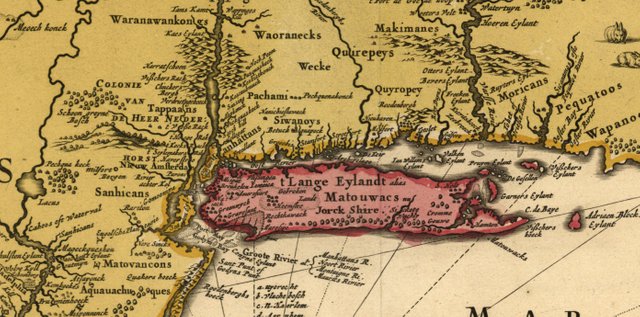
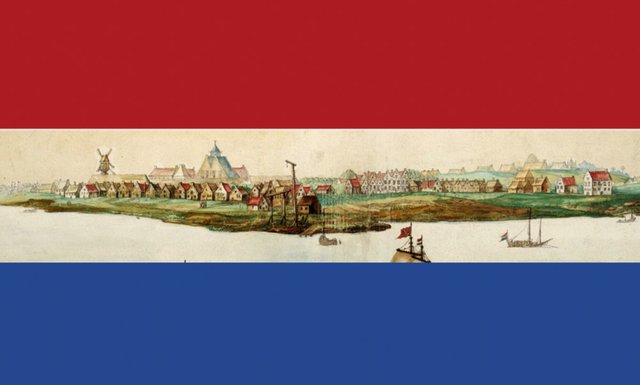
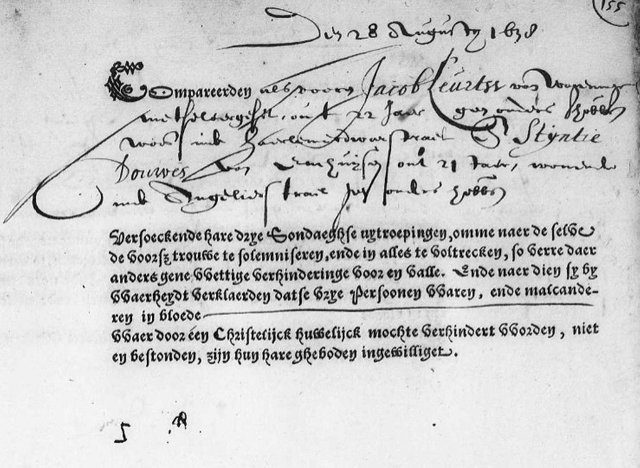
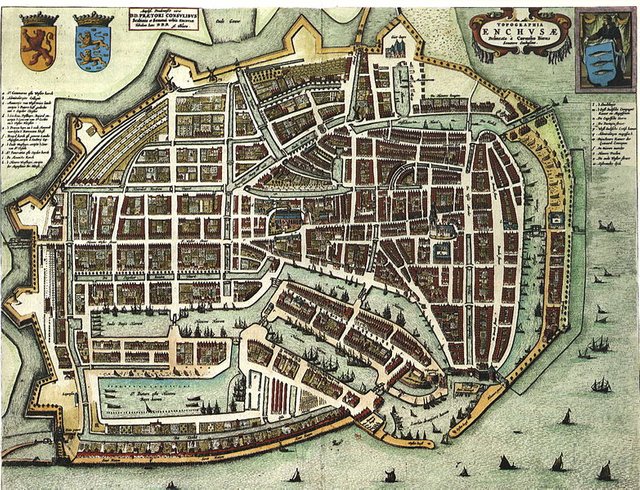
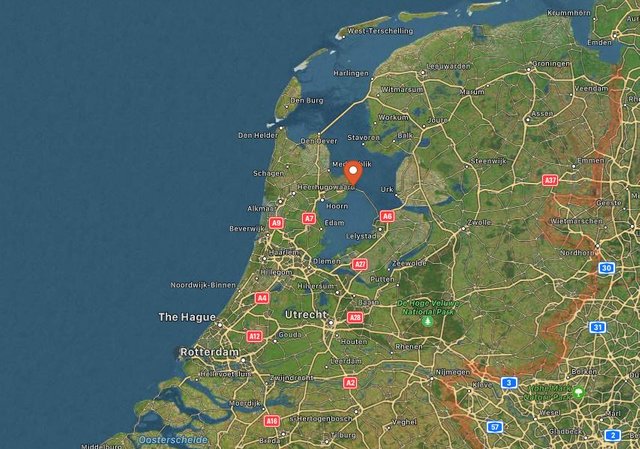
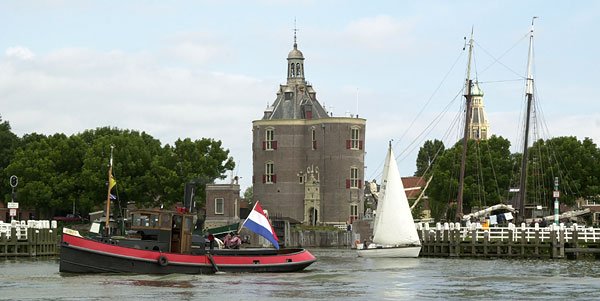
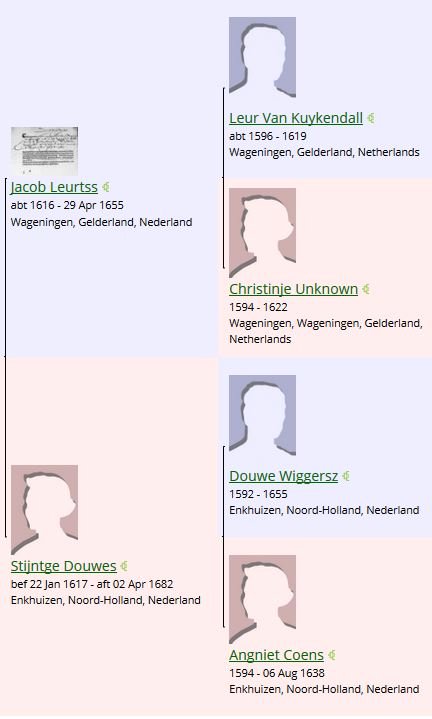
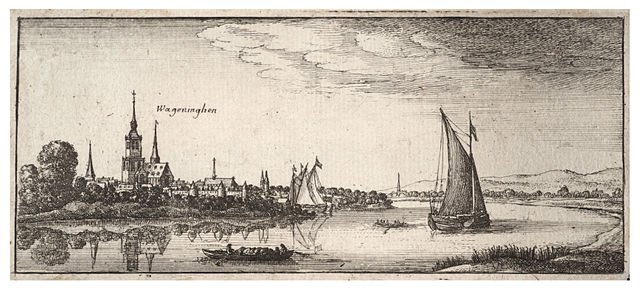
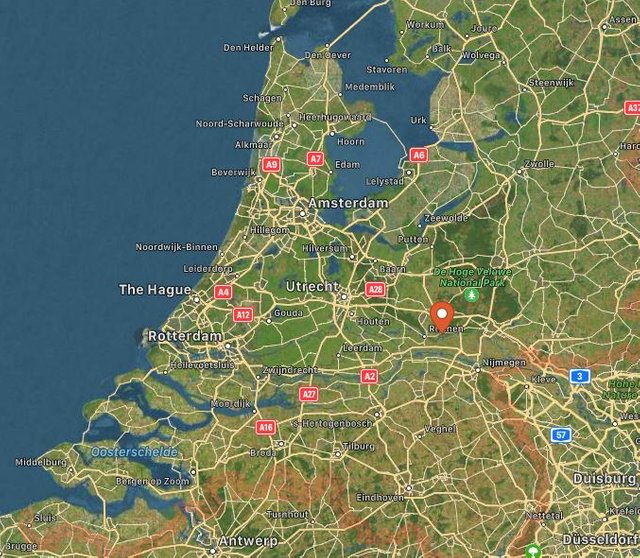
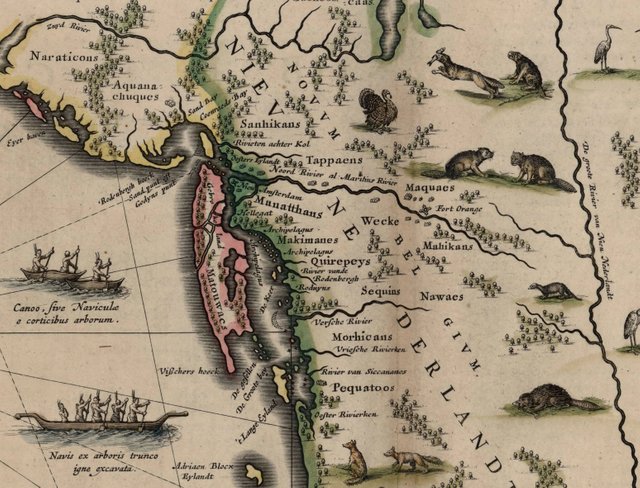
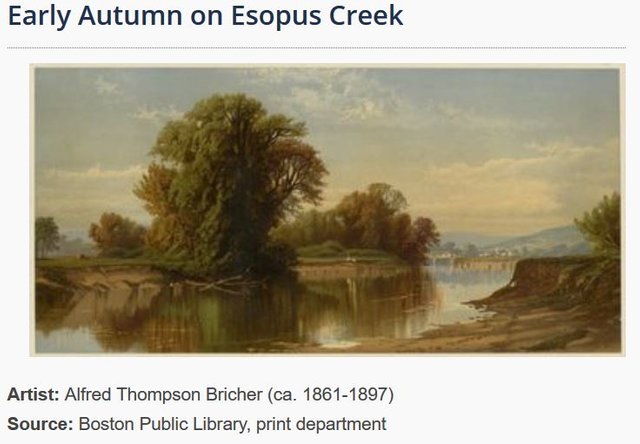
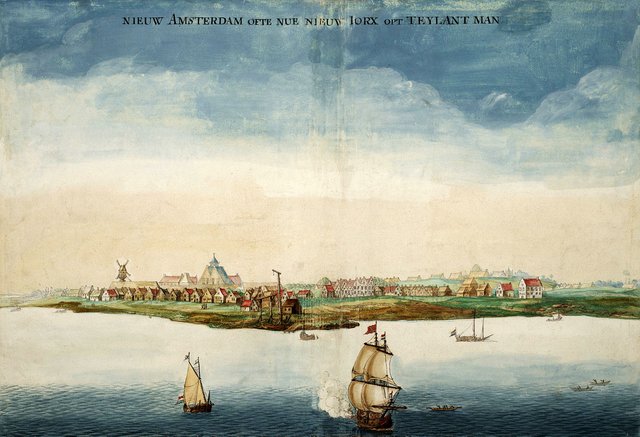

Pretty potent! The new Swedes in New Sweden (which I recently read about) did not have the same phallic bravura.
Yet another reason to love the Dutch. They really showed the Spanish how it's done -- Florida on Viagra ;-)
To listen to the audio version of this article click on the play image.

Brought to you by @tts. If you find it useful please consider upvoting this reply.